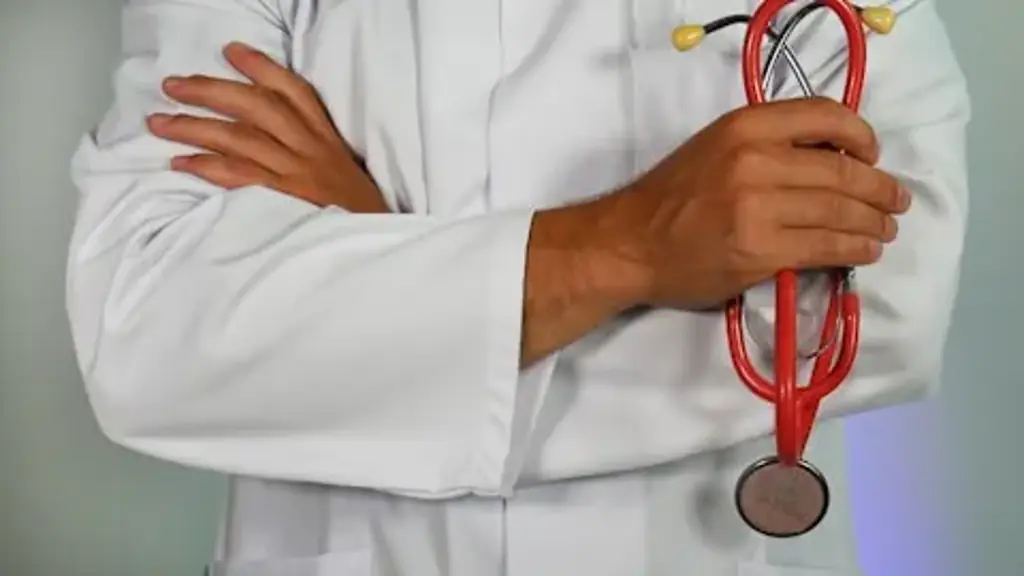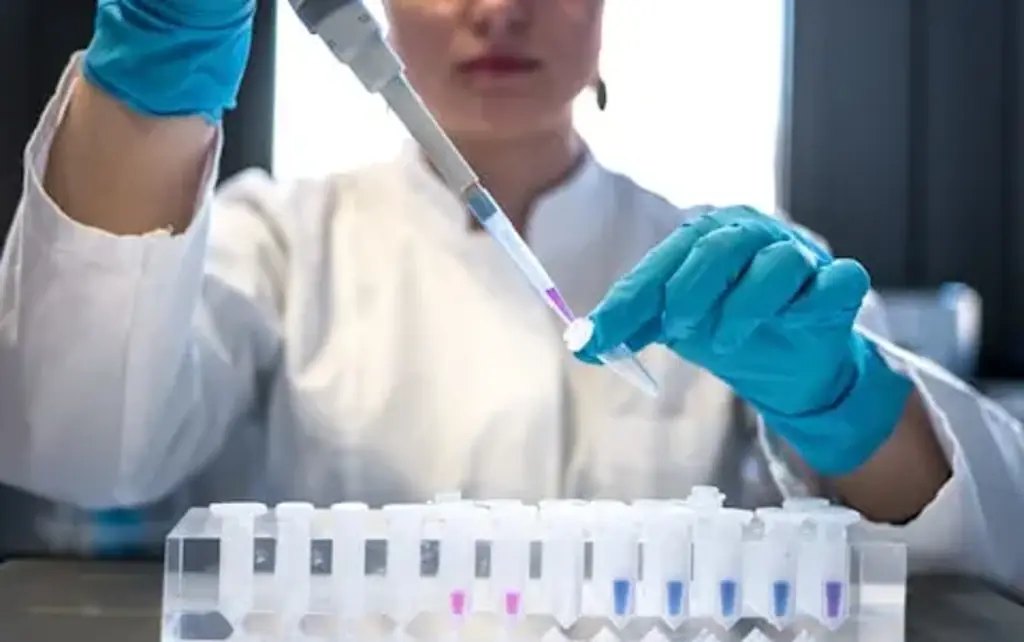A psychiatrist has revealed the main signs you need to look out for if you think you might be dating someone with ADHD.
ADHD - Attention Deficit Hyperactivity Disorder - is a neurodevelopmental condition which is often noticed in childhood, but can also be diagnosed later in life.
More attention has been brought to the condition in recent years, largely through social media, meaning many more people are beginning to notice potential symptoms in themselves or their loved ones.
But what are the symptoms of ADHD?
According to Dr Ali Ajaz, a consultant psychiatrist who has racked up almost 100,000 followers on TikTok, there are some key pointers that suggest your loved one may potentially have undiagnosed ADHD.
Dr Ajaz shared a video with the overlay text reading: "Signs you're dating someone with ADHD."
He explained that zoning in and out of conversations can be a major sign, as inattentiveness is often a key symptom of ADHD, along with forgetting plans.
People with ADHD often have difficulty concentrating, organizing, or finishing tasks, as well as getting easily distracted and forgetting details of daily routines.
Other signs he pointed out can include going "from 0 to a gazillion within seconds (arguments and/or meltdowns)" as well as being overly sensitive to criticism.
However, he also pointed out the many positive traits partners with ADHD often have, too, such as being passionate, loyal, creative, deeply empathetic and very loving.

According to the Cleveland Clinic, ADHD is a neurodevelopmental disorder, meaning it affects how a person's brain develops, and is often diagnosed in childhood, with symptoms beginning to present before the age of 12, though some people do not get a diagnosis until adulthood.
Despite the name, ADHD doesn’t mean that a person lack attention, rather that it’s harder for them to control their attention or direct it to certain tasks.
While people with ADHD may have trouble with sitting still and focusing, they are often able to "?get in the zone” and hyperfocus on things that they truly enjoy.
There are four main types of ADHD, which include inattentive ADHD - where a person struggles to focus, be organized, and finish tasks, but does not generally display symptoms of hyperactivity, whereas in hyperactive-impulse ADHD the main symptoms include difficulty in sitting still, not interrupting others, and may exhibit excess energy and be extremely talkative.
There can also be combined presentation ADHD in which both inattentive symptoms and hyperactive-impulsive symptoms are present, as well as unspecified presentation, where a person can show "severe symptoms that interfere with daily life, but your symptoms don’t meet the official criteria for the types listed above", per the Cleveland Clinic.

Healthcare providers also categorize ADHD as mild, moderate or severe, depending how much the symptoms affect the person's daily life.
While there is no cure for ADHD, treatments such as medications and behavioral therapies can help manage symptoms.















